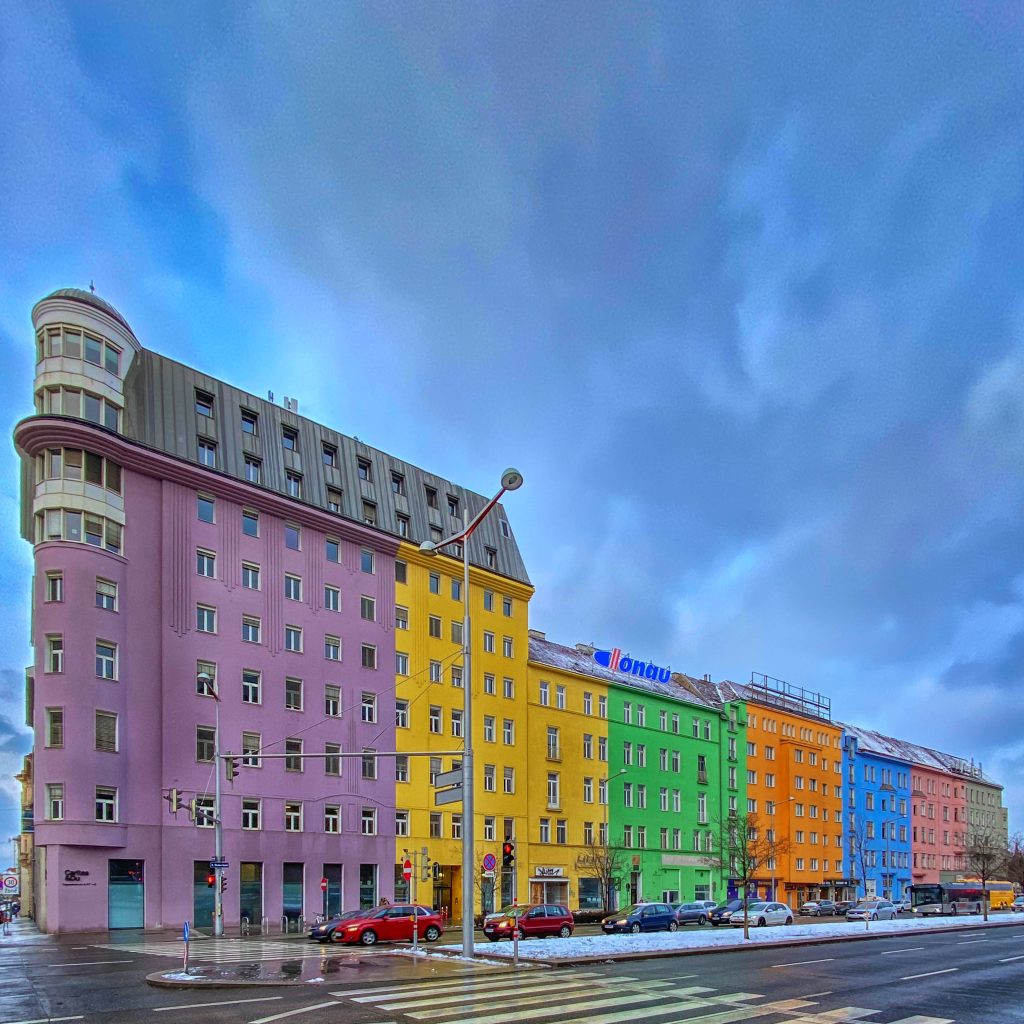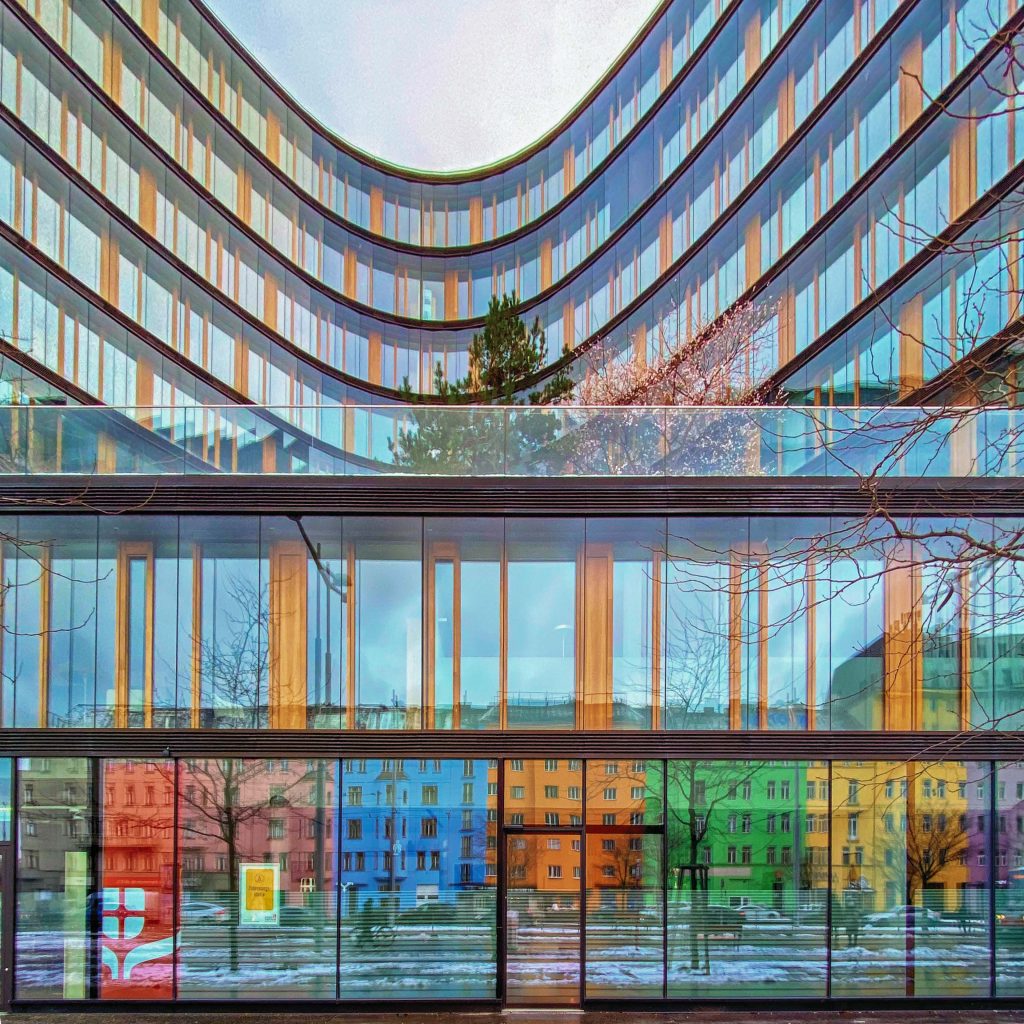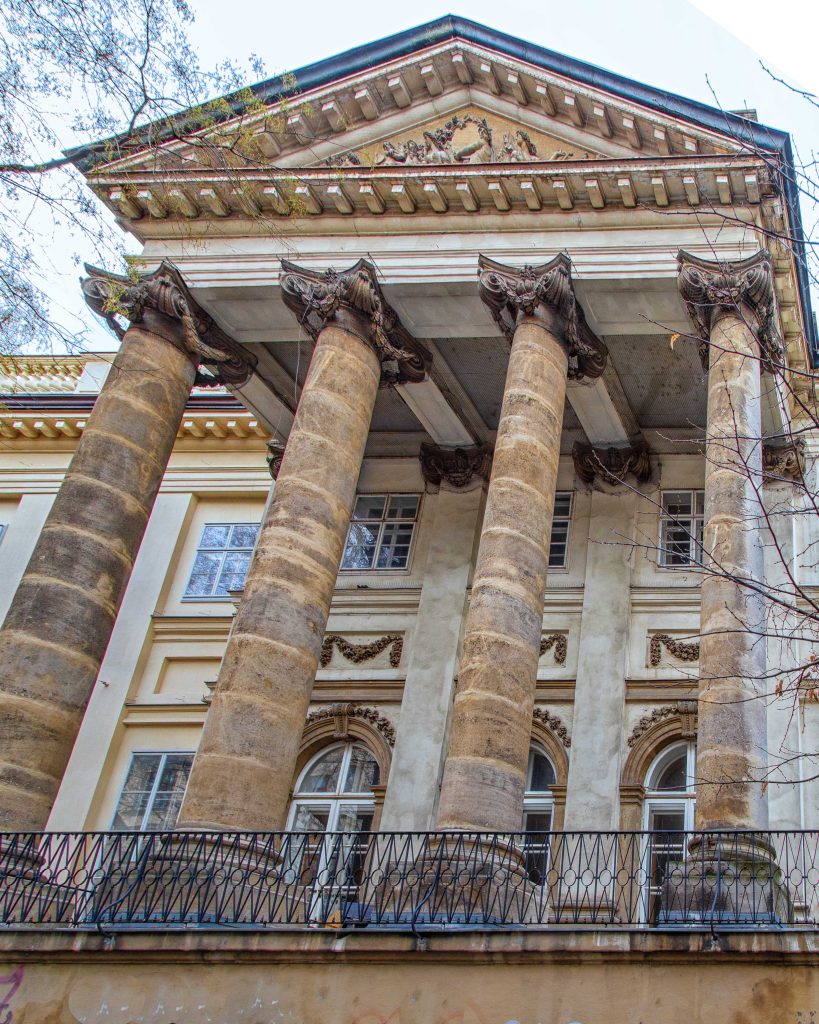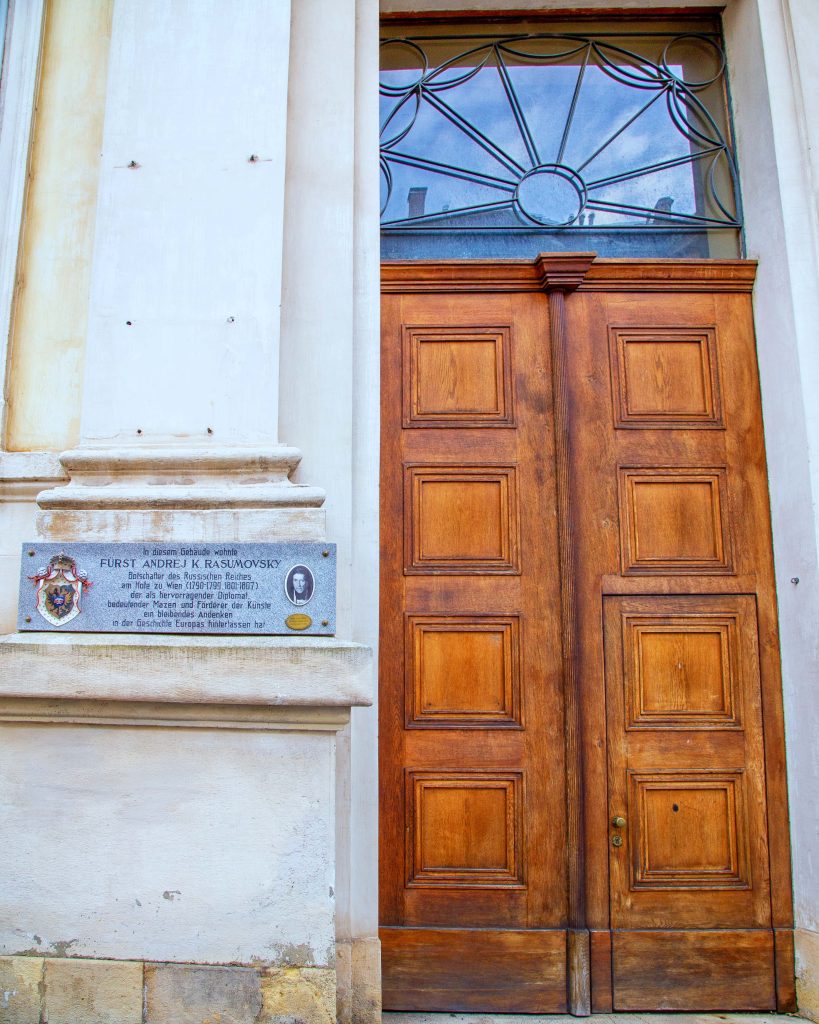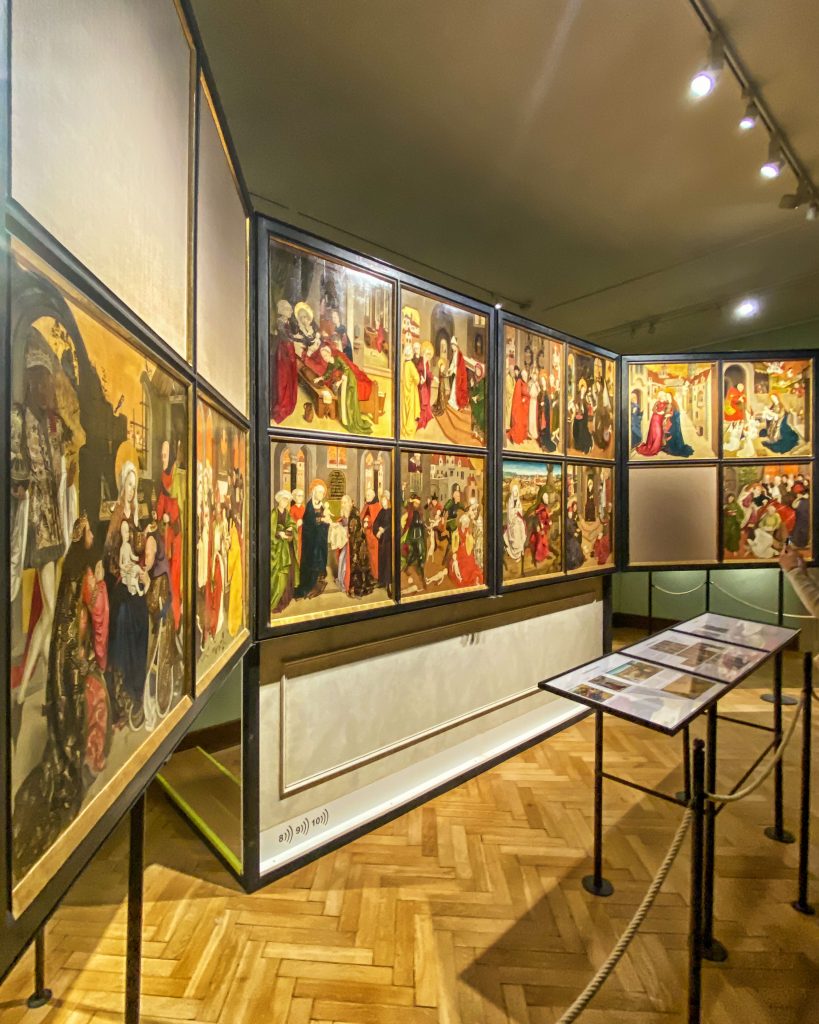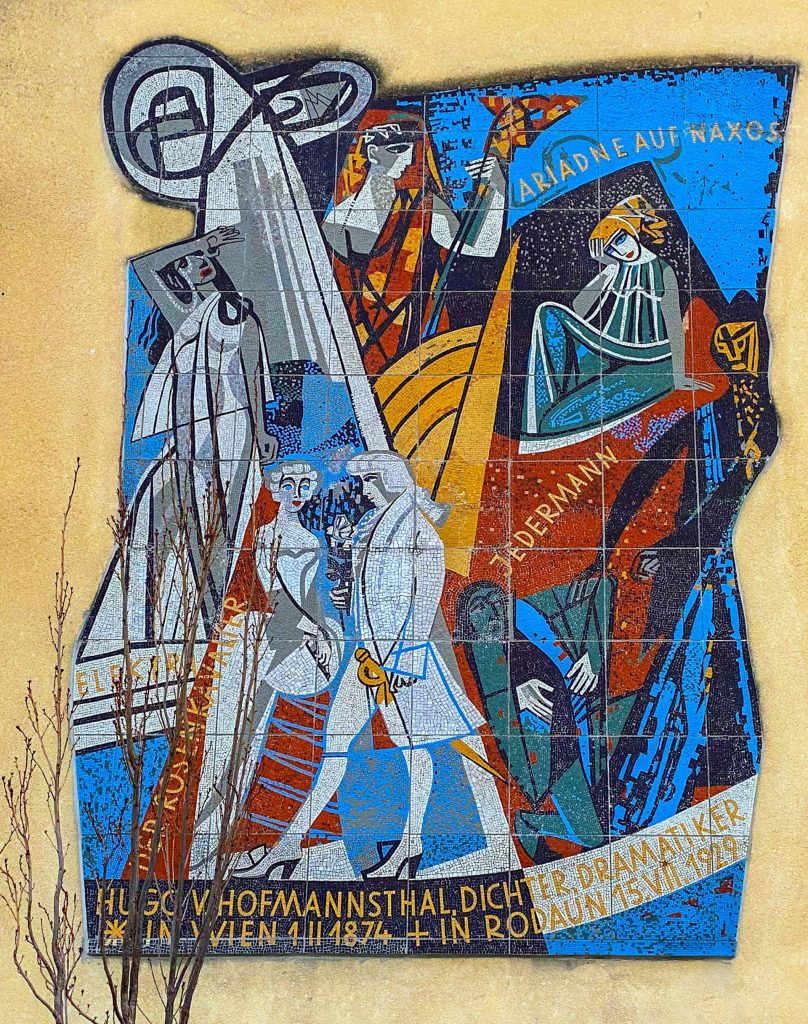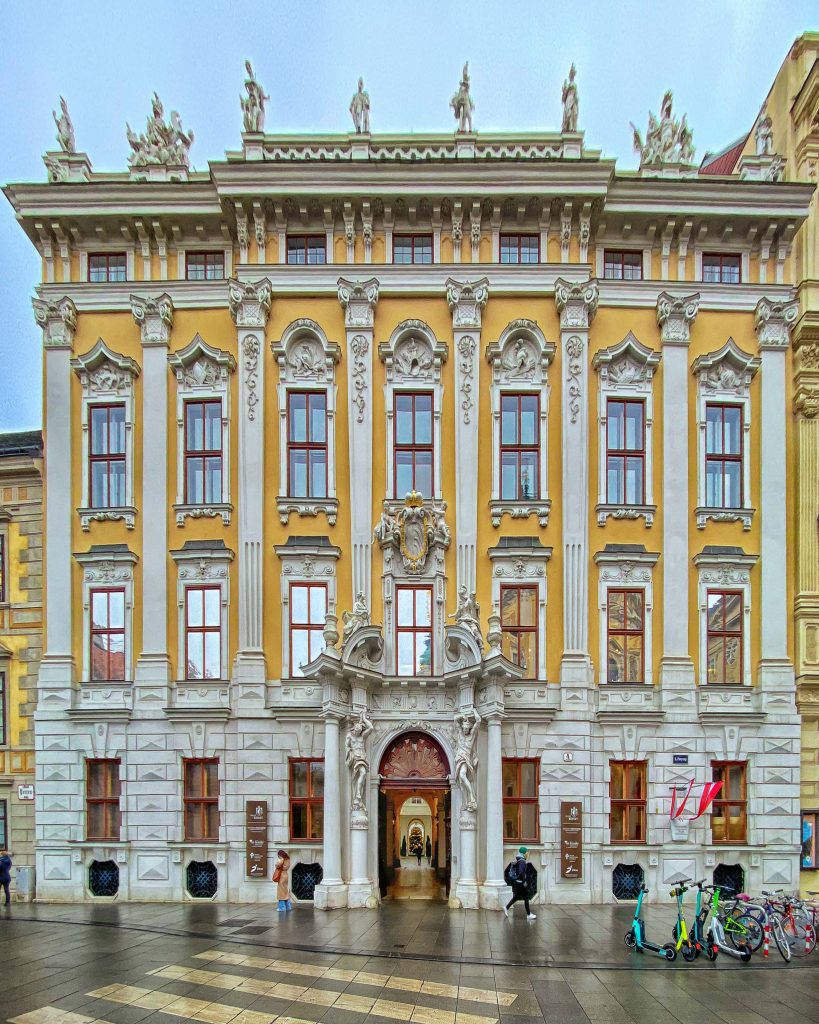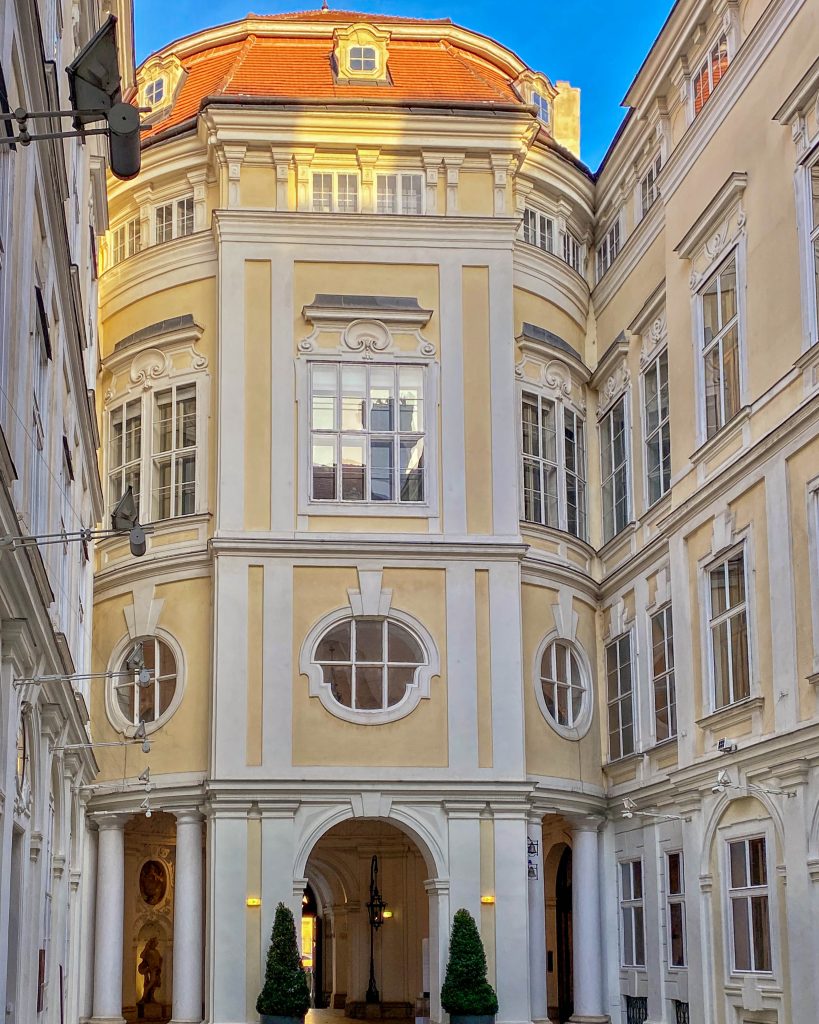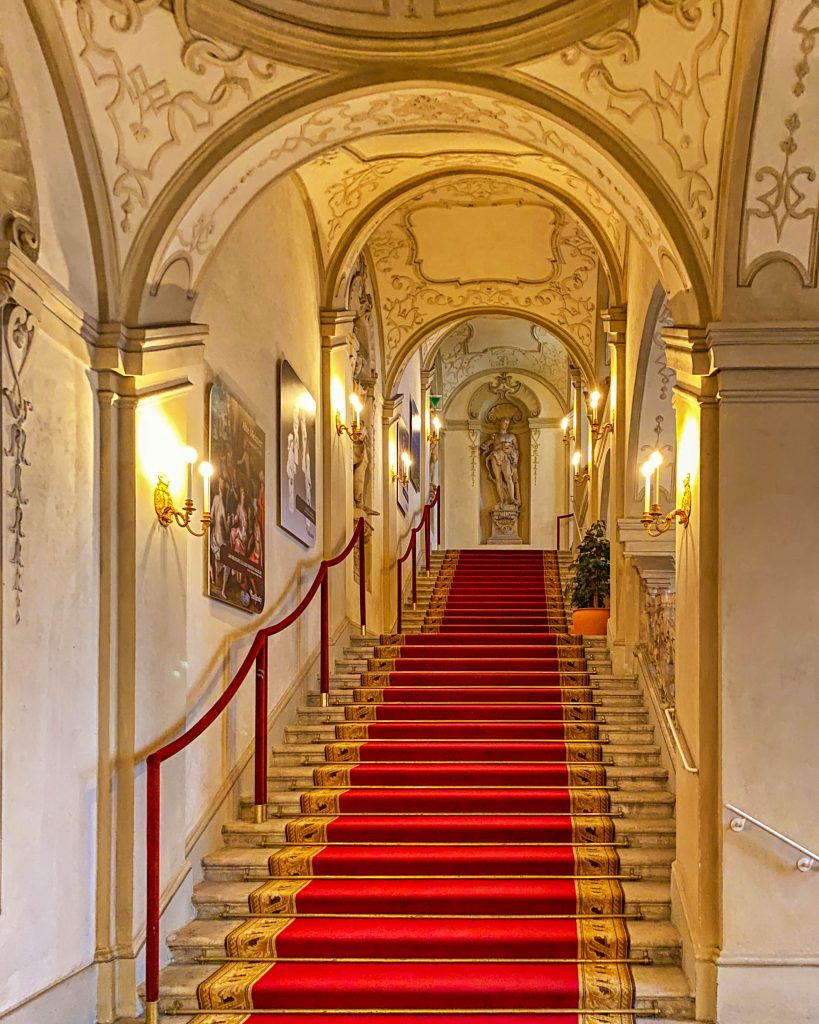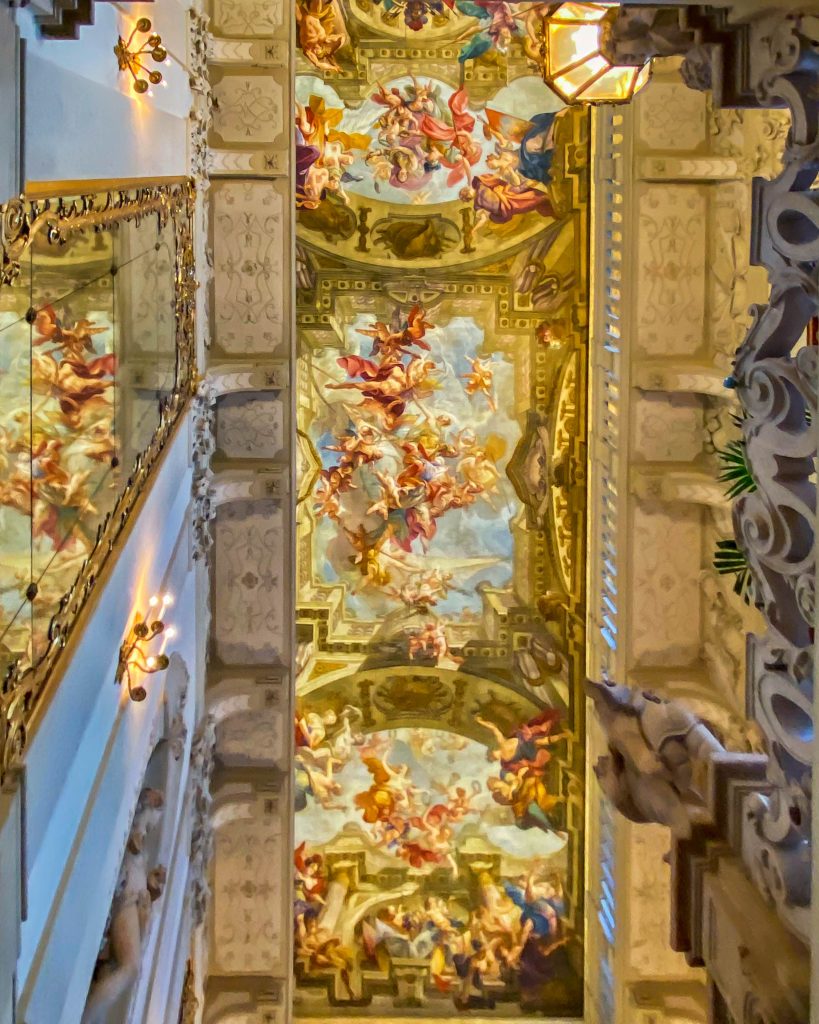Central marshalling yard Vienna-Kledering
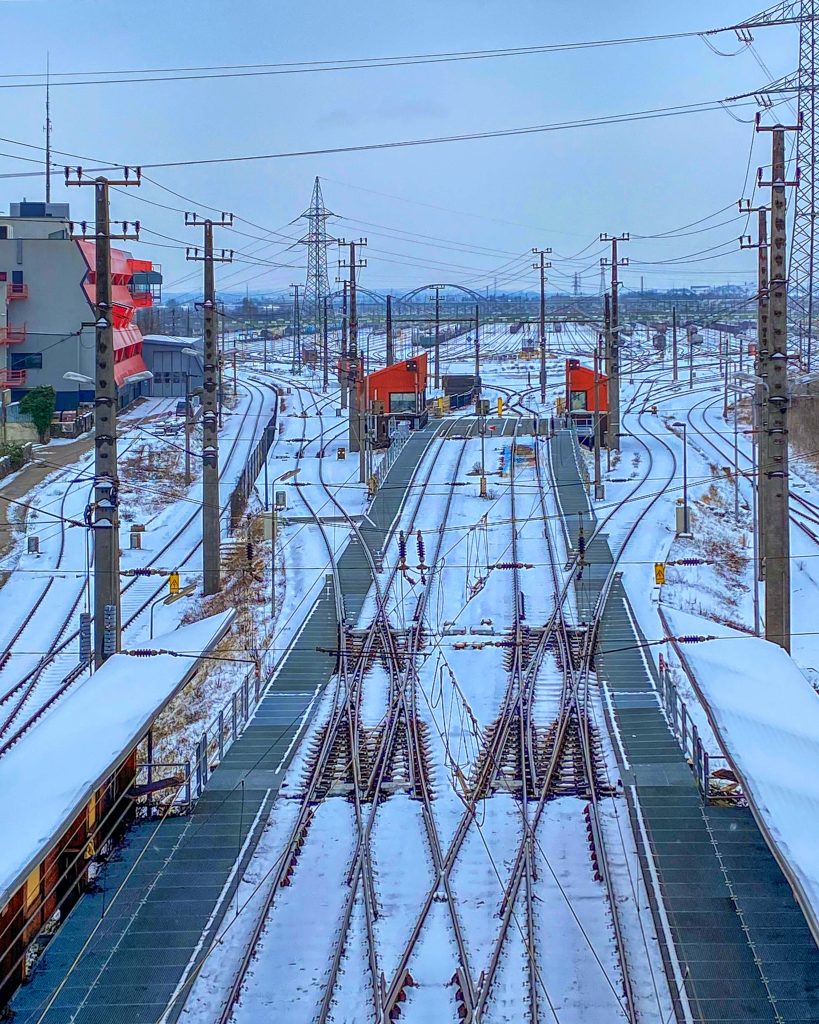

The central marshalling yard Vienna-Kledering in the 10th district, at the back of the Vienna Central Cemetery, was gradually put into operation in 1983 after a 5-year construction period and is the largest transfer station in Austria with its entry group consisting of 15 tracks and 48 tracks for lining up the freight cars.
Freight trains with up to 6,100 wagons are disassembled daily on the 120km-long track network via an unwinding mountain, reassembled and forwarded to their destinations via 10 tracks of the outbound group. After approaching, the wagons are uncoupled and then roll into the directional group as if by magic and only delayed by braking elements integrated in the tracks.
A power converter is also located on the site, which provides around 1/7 of the traction power required throughout Austria.
